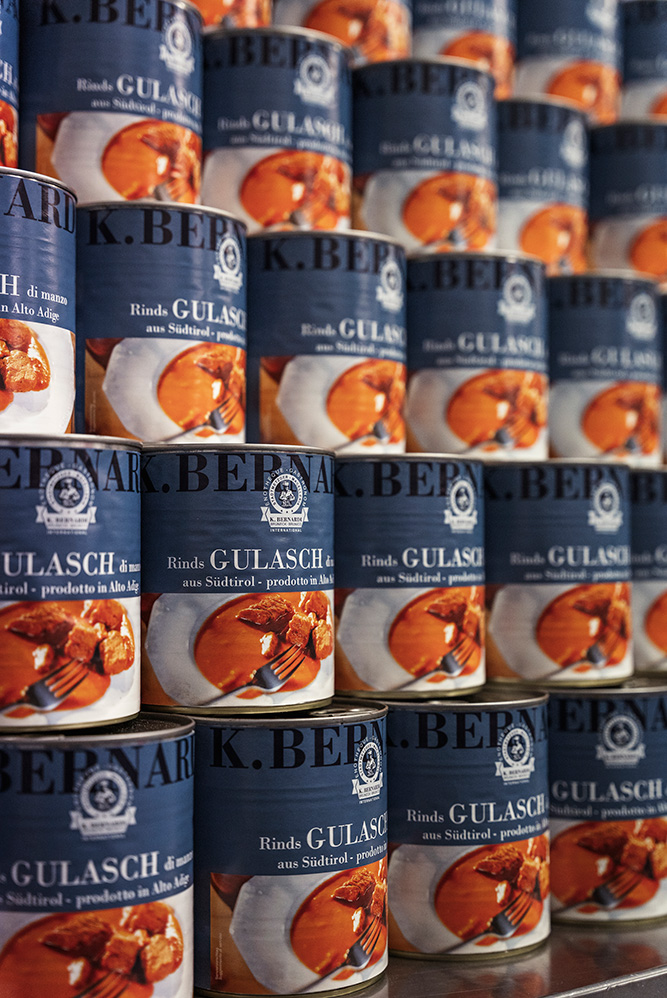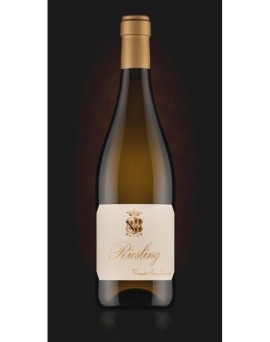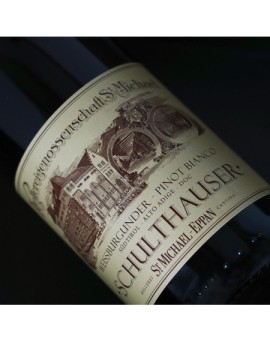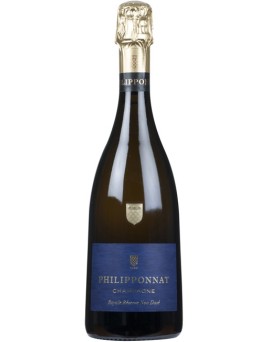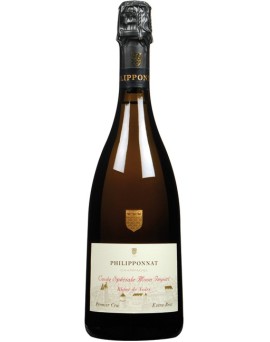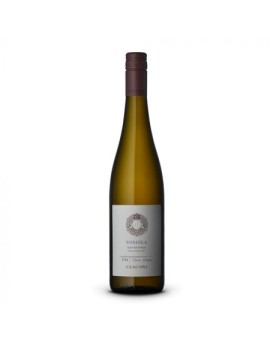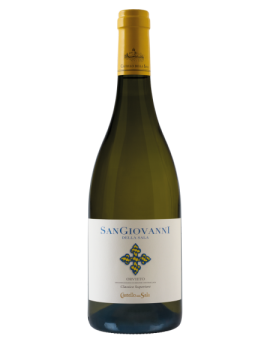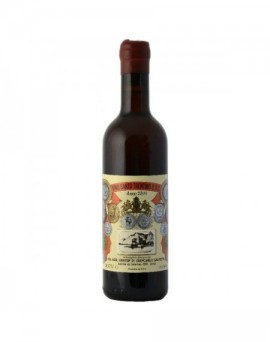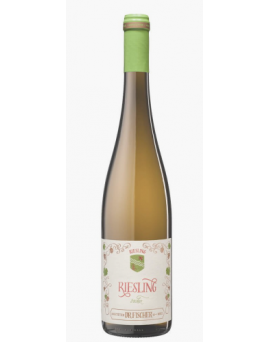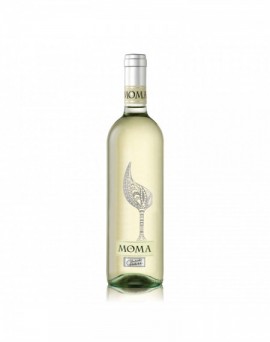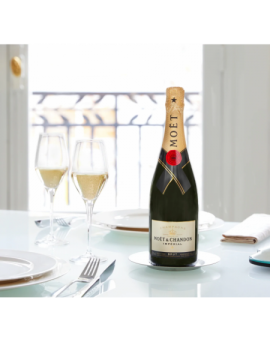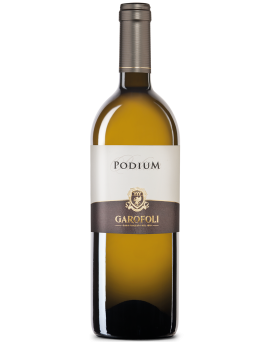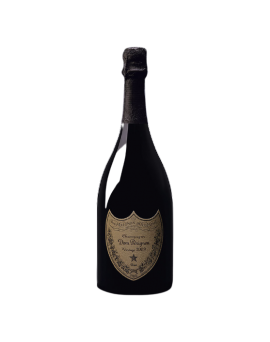<br />2009: THE PINNACLE OF MATURITY<br /><br />2009 brings to a close in the best possible way a prodigious, sunny, bold and generous decade. This continuation of favourable weather conditions is unprecedented, and<br />the succession of vintages has allowed us to explore the new frontiers of grape maturity in Champagne. Dom Pérignon Vintage 2009 is the result of two movements: one is<br />driven by nature and the other is the creative ambition of the Maison's Chef de Cave. This synergy allows us to taste the ripest and richest fruit, the grapes at their best, the<br />promise of a wine full of freshness and energy.<br /><br />NOSE<br />The notes of guava and spicy green grapefruit zest blend with those of stone fruit, white peach and nectarine. The wine breathes, complemented by notes of woody vanilla<br />and warm, delicately toasted brioche.<br /><br />PALATE<br />The fruit notes are majestic, ripe, fleshy and deep. Beyond the richness and a certain voluptuousness, it is the impression of coherence that dominates. The intensity is<br />extraordinarily restrained. All the sensations converge and persist, silky, saline and lymphatic, bitter and iodized.<br /><br />CULINARY PAIRINGS<br />The Dom Pérignon Vintage 2009 is a wine that needs stimulation. It requires a context and lends itself to being enhanced by strong contrasts.<br />The champagne evokes vegetable and mineral worlds, which manifest themselves, for example, through a carbonara with sea urchins and cardamom mousse. It works<br />perfectly with dishes with a particular texture: for example, octopus sautéed in butter marinated in Sicilian orange juice.<br />
Price
€343.50

